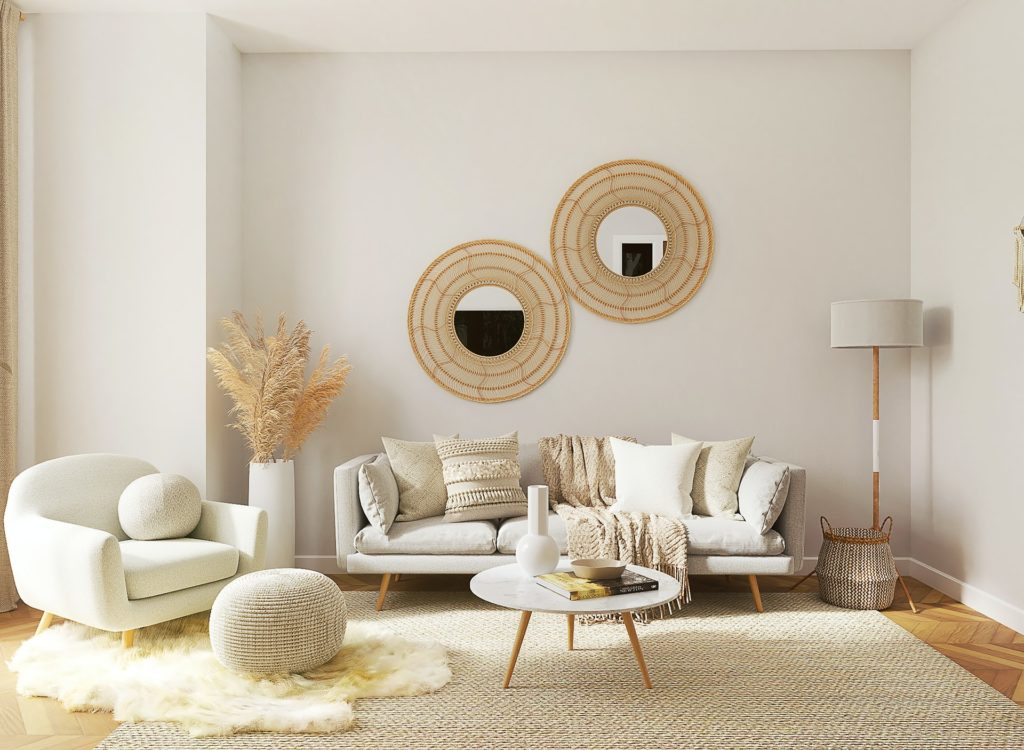In the world of interior design, color plays a crucial role in creating a harmonious and visually appealing space. Designers use color theory as a guide to communicate with their clients and users by employing appealing color combinations and schemes. By understanding the principles of color theory, interior designers can create spaces that evoke specific emotions, enhance functionality, and reflect personal style. This article explores the relationship between color theory and interior design, highlighting its importance and practical applications.

Understanding Color Theory
Color theory is the study of how colors interact with each other and how they are perceived by the human eye. It involves understanding various aspects of color, such as hue, saturation, value, and temperature. By applying color theory principles, interior designers can create visually balanced and aesthetically pleasing spaces.
The Role of Color Theory in Interior Design
Color Theory and Decorating: Color theory is a valuable tool for decorators as it helps them choose the right color palette for a room. By understanding color harmonies, decorators can create a cohesive and visually appealing space. They can experiment with different color combinations, such as complementary, analogous, or monochromatic schemes, to achieve the desired effect.
Color Theory for Interior Designers: Interior designers rely on color theory to create a specific atmosphere and mood in a space. They consider factors such as the purpose of the room, the desired emotional response, and the preferences of the occupants. By using color theory, designers can select colors that promote relaxation, productivity, or creativity, depending on the intended use of the space.
Color Theory in Room Design: When designing a room, color theory helps designers make informed decisions about the placement of colors. They consider factors such as the size of the room, the amount of natural light, and the desired visual impact. By using color theory, designers can create illusions of space, highlight architectural features, or create focal points within a room.
The Use of Color Theory in Interior Design: Color theory is a fundamental aspect of interior design. It guides designers in selecting colors that complement each other and create a cohesive visual experience. By understanding color psychology and the effects of different colors on human emotions, designers can create spaces that evoke specific feelings and enhance the overall user experience.
Practical Applications of Color Theory in Interior Design
Choosing a Color Palette: Interior designers use color theory to select a color palette that suits the client’s preferences and the intended purpose of the space. They consider factors such as the room’s function, the desired mood, and the existing architectural elements. By using color theory, designers can create a harmonious and visually appealing color scheme.
Creating Visual Balance: Color theory helps designers achieve visual balance within a space. They consider the proportions of different colors and their placement within the room. By using color theory principles such as the 60-30-10 rule (60% dominant color, 30% secondary color, 10% accent color), designers can create a balanced and visually pleasing composition.
Conclusion
Color theory is an essential tool for interior designers, enabling them to create visually appealing, functional, and emotionally engaging spaces. By understanding the principles of color theory, designers can make informed decisions about color selection, placement, and composition. Whether it’s choosing a color palette, creating visual balance, or enhancing functionality, color theory is a valuable resource that helps designers transform ordinary spaces into extraordinary ones.
